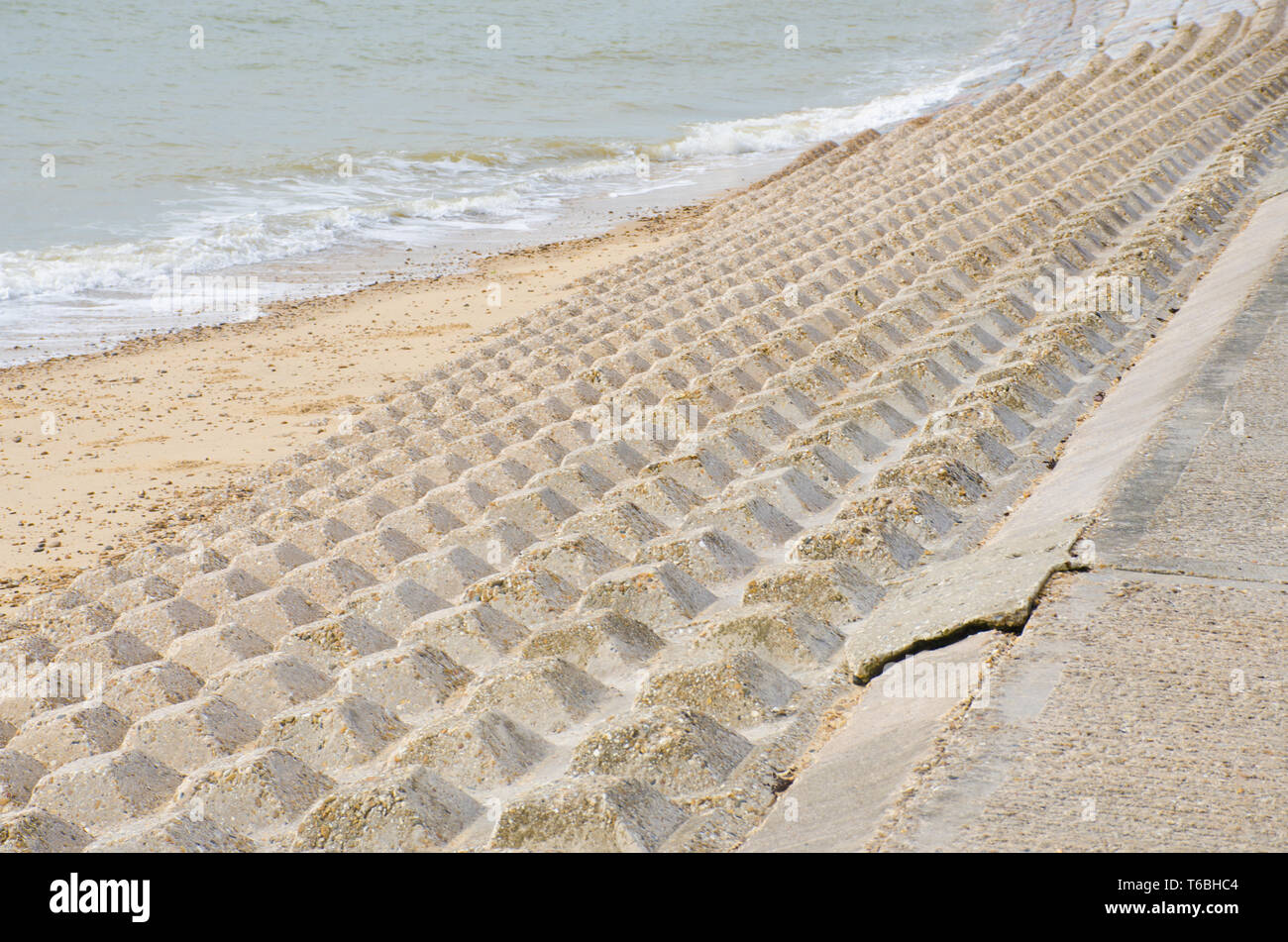The Main Principles Of Shore Protect Team
Table of ContentsShore Protect Team - The FactsNot known Factual Statements About Shore Protect Team Shore Protect Team Can Be Fun For AnyoneShore Protect Team Things To Know Before You Get ThisThe Of Shore Protect TeamThe 4-Minute Rule for Shore Protect TeamThe Buzz on Shore Protect Team
Decrease in residential or commercial property worth: As the area tourist is impacted by erosion, so then is the economy. Purchasers are much less most likely to search for a coastline home that might be destroyed at any minute by the upcoming flooding and disintegration emergency situation. Subsequently, building worth can drop exceptionally and influence the entire area.Whether a beach is simply little and congested or has to close totally for the safety of the ecological community and nearby residential properties, this greatly impacts tourism. Consequently, neighborhood economic situations are affected (https://www.exchangle.com/shrprtcttm). Threat of injury: The increased danger of flooding and architectural failings triggers an enhanced threat of injury to neighboring vacationers and neighborhood participants

Shoreline stablizing is straight related to their task. Waterfront resorts: Since coastline disintegration influences tourism, it influences the success of waterside resorts.
Rumored Buzz on Shore Protect Team
Coastal business companies: No travelers implies no organization. Coastal state parks: State parks that exist along coasts are at threat of damage.
Hard stablizing utilizes manufactured structures as defense to regulate disintegration. A lot of forms of hard stablizing like seawalls and sheet steel are not excellent for coastline stablizing.
Getting The Shore Protect Team To Work
There's additionally inadequate evidence of their performance depending on the kind of coastline and regional conditions. Hard stablizing methods have a tendency to be harder to set up and don't match the natural aesthetic, protruding like a sore thumb and harming regional communities in many situations. Coastline nourishment is the process of including shed sand and debris back to coastlines after disintegration has actually taken place.
TrapBags help in the process of coastline sustenance by protecting natural ecosystems and enabling plants to grow. While this process can be costly and is not permanent, the pros often tend to surpass the cons. TrapBag barriers deal lots of buildings that make them suitable for coastal and shore disintegration protection. They're: Eco-friendly: You can utilize native dirt both to surround and to fill up the TrapBags.

Some Ideas on Shore Protect Team You Need To Know
Easy to mount: Alleviate of installment implies TrapBags can be deployed quickly in case of an emergency. They can also be set up with no hefty machinery. Budget friendly: TrapBags are optimal for both little and huge areas of shoreline. They give a budget-friendly service to cover projects of any type of size.
The ideal seawall design depends on location-specific aspects, consisting of bordering erosion processes. There are three primary kinds of seawalls: vertical, curved, stepped, and mounds (see table below). A record released by the United Nations Environment Program (UNEP) suggests that the tidal wave of 26 December 2004 caused less damage in the areas where natural obstacles existed, such as mangroves, reef or seaside plants.
Natural barriers, such as coral reefs and mangrove forests, prevent the spread of tsunamis and the flow of seaside waters and minimized the flood and surge of water. A cost-benefit approach is a reliable means to establish whether a seawall is appropriate and whether the benefits deserve the cost.
7 Simple Techniques For Shore Protect Team
A seawall is a static feature which can contravene the vibrant nature of the coastline and hinder the exchange of debris in between land and sea. The table below sums up some favorable and adverse impacts of seawalls which can be used when contrasting their efficiency with other seaside administration alternatives, such as coastline sustenance. [] Advantages and drawbacks of seawalls according to Short (1999) Advantages Negative aspects Lengthy term service in comparison to soft coastline sustenance.

This can create beaches to dissipate, providing them ineffective for coastline goers. Usually, seawalls can be an effective means to regulate seaside erosion, however only if they are built well and out of products that can withstand the pressure of continuous wave energy.
An Unbiased View of Shore Protect Team
Integrated with a high construction cost, this has actually caused raising usage of other soft design seaside monitoring options such as coastline replenishment. Seawalls are built from numerous materials, a lot of frequently reinforced concrete, rocks, steel, or gabions. Other feasible construction products consist of plastic, wood, light weight aluminum, fiberglass composite, and biodegradable sandbags made of hemp and coir. The suitable seawall style relies on location-specific facets, consisting of bordering erosion procedures. There are 3 major types of seawalls: upright, rounded, stepped, and mounds (see table below).
Natural obstacles, such as coral reefs and mangrove woodlands, stop the spread of tidal waves and the circulation of seaside waters and minimized the flood and rise of water. A cost-benefit strategy is a reliable way to determine whether a seawall is suitable and whether the advantages deserve the expenditure.
How Shore Protect Team can Save You Time, Stress, and Money.
A seawall is a fixed attribute which can contravene the dynamic nature of the coast and impede the exchange of debris between land and sea. The table listed below sums up some positive and negative impacts of seawalls which can be used when comparing their performance with various other seaside management choices, such as coastline nourishment. [] Benefits and disadvantages of seawalls according to Short (1999) Benefits Negative aspects Long term solution in contrast to soft beach sustenance. bulkhead maintenance.

This can cause coastlines to dissipate, making them useless for beach goers. Generally, seawalls can be an effective method to manage seaside erosion, however just if they are built well and out of products that can withstand the pressure of continuous wave energy. Some understanding is required of the seaside procedures and morphodynamics particular to the seawall area.